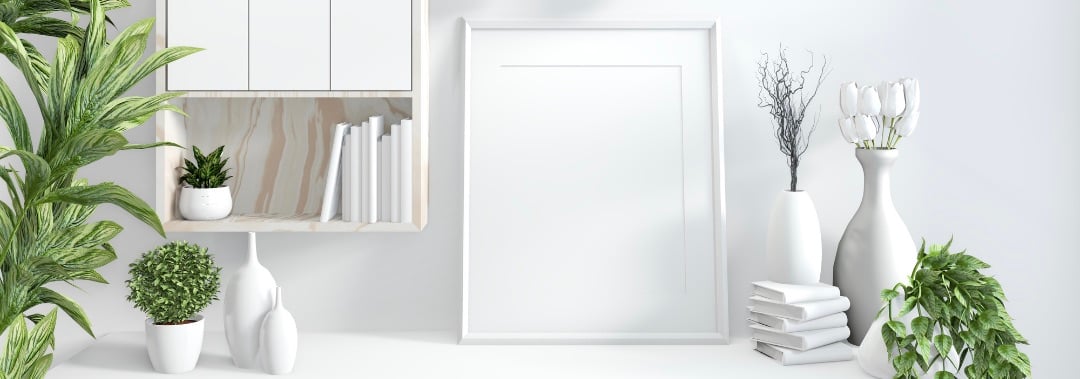Minimalism has become increasingly popular in recent years, seeping into many aspects of our daily lives. Be it in fashion, nutrition, architecture or interior design, minimalist principles provide guidelines for modern living that are followed by many. But what are the basic notions of a minimalist lifestyle?
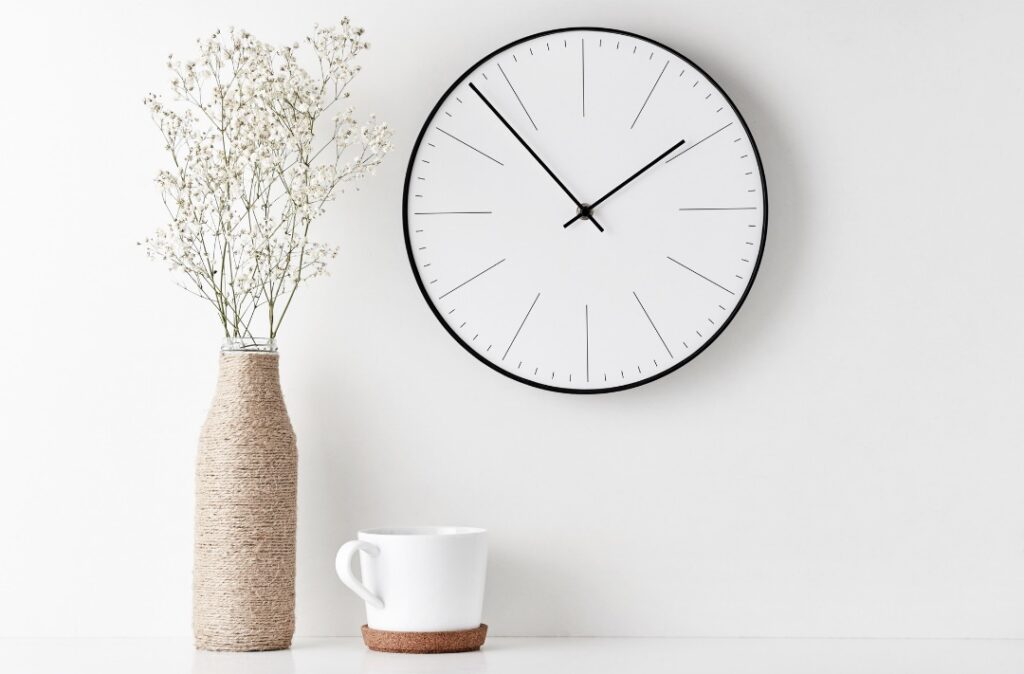
Minimalism, in general, means eliminating excess, that which is not necessary, and hence superfluous. The concept implies that when the unnecessary is removed, what remains brings true joy and happiness. So, how does minimalism show up in our homes, and what are the true benefits?
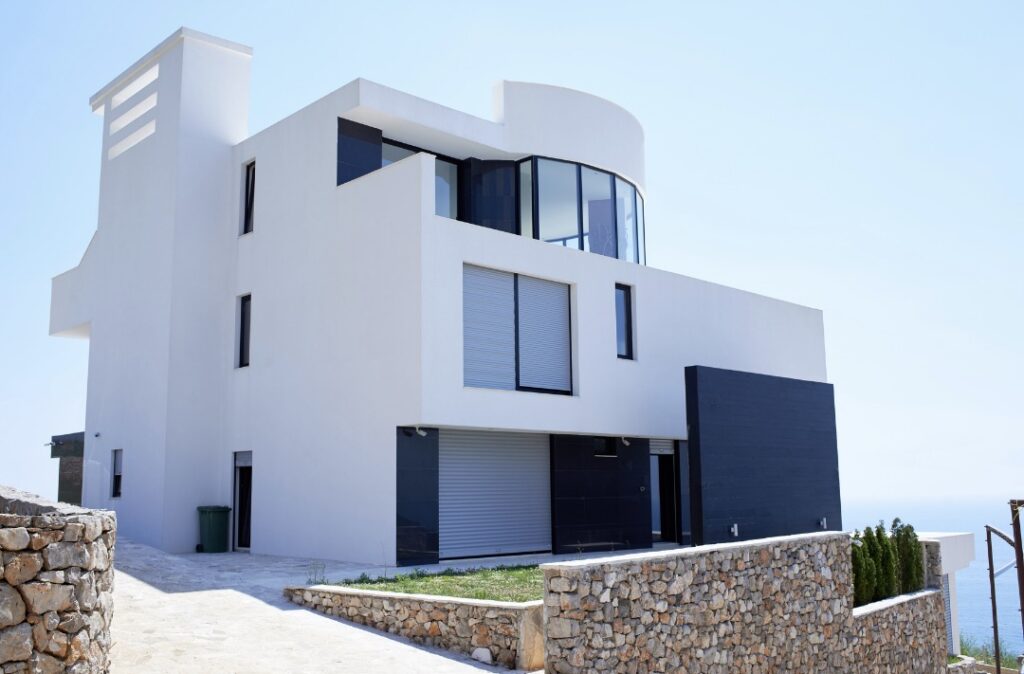
Minimalism in the 1920s: less is more
The first images that comes to mind when talking about minimalist architecture are clean, white volumes without any ornamentation or frill. The architect that is most connected to minimal architecture is Mies van der Rohe, with his famous phrase, “less is more.” In his Barcelona Pavilion, the German pavilion in the 1929 International Exposition in Barcelona, Spain, van Der Rohe concretely exemplifies what minimalist architecture meant to him.
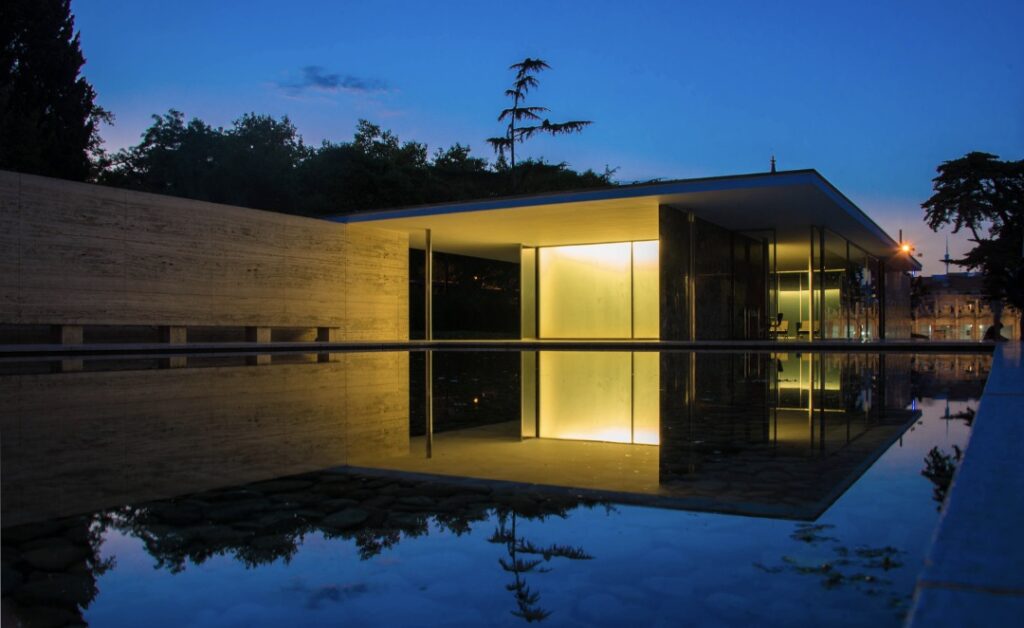
Natural stone surfaces are used throughout Pavilion, including a travertine plinth on which the entire structure sits and walls in green Alpine marble, ancient green marble from Greece and golden onyx from the Atlas Mountains. Glass and steel complete per perceptual experience.
Contemporary minimalism: natural stone
In contemporary minimalism, natural stone also plays a leading role because it gives spaces immediate impact while also standing the test of time. A single piece of marble can practically complete a space, eliminating the need for much more.
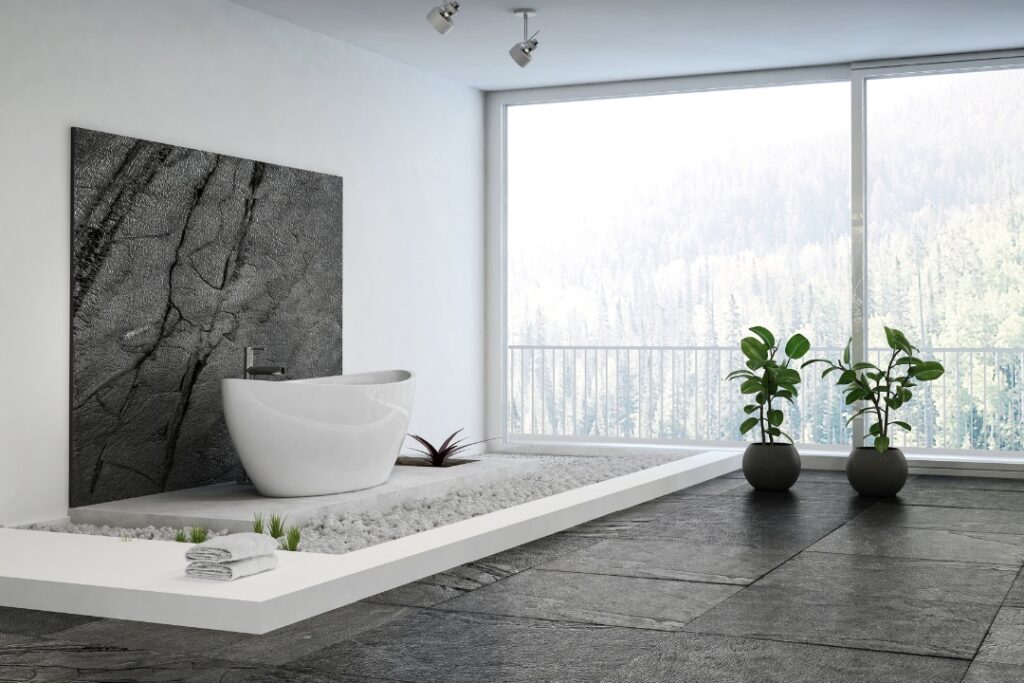
However, minimalism is not just about aesthetics, it’s most importantly about making choices that are sustainable and long lasting. The best way to make sure that natural stone surfaces keep their innate characteristics is to protect and maintain them.
Natural stone: protecting and maintaining it
At FILA, we protect stone with a range of sealers that are especially created for delicate surfaces. Today’s water based sealers are the most eco-sustainable choice and their performance is comparable to their solvent based counterparts. To seal natural stone walls, floors and countertops without changing the appearance of the stone, we recommend using MP90 ECO PLUS Natural Look Penetrating Sealer. Surfaces sealed with MP90 ECO PLUS are safe for food contact, so it’s perfect for use on kitchen countertops. To find out more about water based sealers, read this article.
Sealed surfaces should then be maintained on a regular basis. That’s why FILA created two products specifically for natural stone.
STONECLEAN Natural Stone Neutral Cleaner is the ideal product for everyday maintainace of stone floors throughout the house. Just put one capful in a gallon of water for no-rinse cleaning. The neutral formula is perfect for delicate surfaces.
For small stone surfaces like kitchen countertops, windowsills and bathroom vanities, use FILA’s REFRESH & RESEAL Neutral Cleaner and Resealer. Amazingly, the dual-action formula cleans and reinforces the existing sealer protection. That means that when used regularly, REFRESH & RESEAL extends the sealer protection of the stone.
Minimalism: decluttering
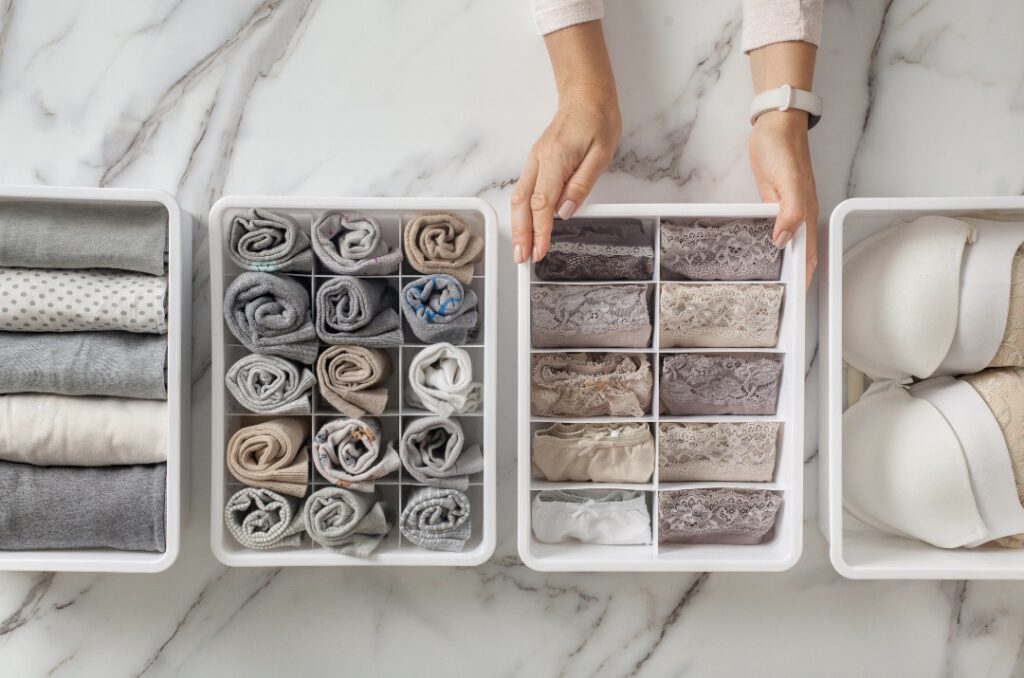
The modern wave of minimalism goes well beyond interior design – it’s a lifestyle. If you are not a minimalist, but are interested in the idea, try getting rid of a few things that you don’t use often, and see how it feels. Put away old clothing and knick-knacks that don’t add value to your life, and keep those things that either make life easier or just make you happy every time you see them. Who knows? You might discover that less… is more!
